Home>Interior Design>Arts And Crafts Decor: 12 Ways To Embrace Heritage Style
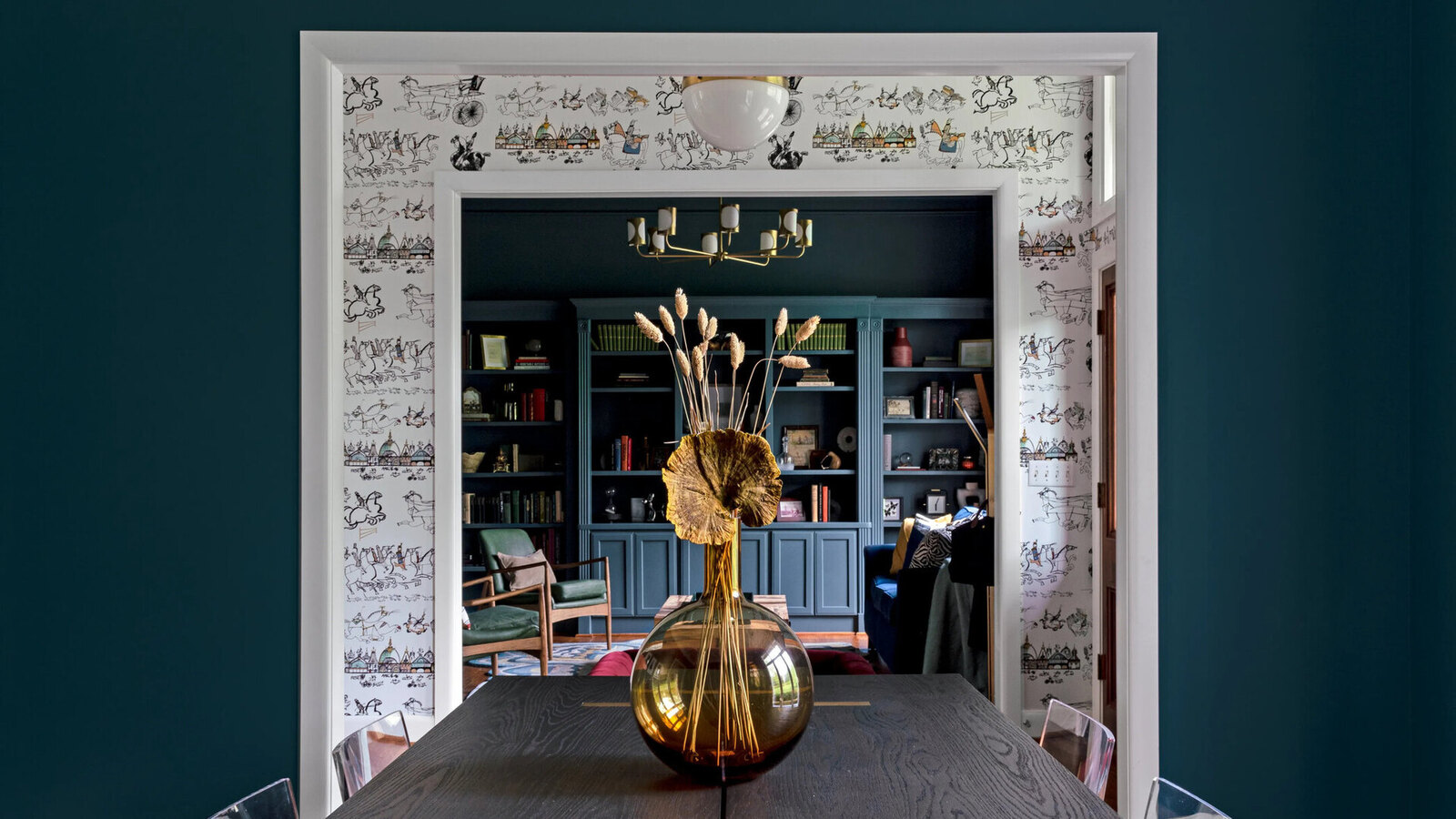

Interior Design
Arts And Crafts Decor: 12 Ways To Embrace Heritage Style
Modified: November 2, 2024
Discover 12 captivating ways to infuse your interior design with the charm of heritage style. Unleash your creativity with arts and crafts decor for a timeless and elegant home.
(Many of the links in this article redirect to a specific reviewed product. Your purchase of these products through affiliate links helps to generate commission for Storables.com, at no extra cost. Learn more)
Introduction
Welcome to the world of arts and crafts decor, where heritage style meets modern elegance. If you have a love for vintage charm, traditional patterns, and handmade craftsmanship, then this design aesthetic will capture your heart. Incorporating elements of the past with a contemporary twist, arts and crafts decor creates a warm and inviting atmosphere that celebrates the beauty of heritage design.
In this article, we will explore 12 ways to embrace arts and crafts decor in your own space. From incorporating vintage furniture to using traditional fabrics and textiles, we will guide you through various techniques that will help you infuse your home with the charm and elegance of heritage style.
So, whether you are just starting your decor journey or looking to revamp your existing space, get ready to dive into the world of arts and crafts and discover the beauty of embracing heritage in your interior design.
Key Takeaways:
- Embrace arts and crafts decor by incorporating vintage furniture, traditional fabrics, and handmade artwork to create a warm, inviting, and timeless interior that celebrates heritage style and craftsmanship.
- Infuse your space with the charm of arts and crafts decor by adding traditional window treatments, vintage accessories, and cozy reading nooks, creating a haven of elegance, nostalgia, and personal expression.
Incorporating Vintage Furniture
When it comes to embracing arts and crafts decor, incorporating vintage furniture is key. Antique pieces have a timeless appeal, adding character and a sense of history to any room. Here are three ways to elegantly integrate vintage furniture into your space:
- Choosing antique pieces: Hunt for unique pieces at flea markets, antique shops, or online marketplaces. Look for furniture with intricate details, such as ornate carvings or decorative inlays, which are common in arts and crafts style. Consider pieces from different periods or styles to add variety to your collection.
- Restoring and repurposing vintage furniture: If you find a piece of vintage furniture that needs some love, don’t be afraid to restore it to its former glory. Repair any damages, refinish the wood, and replace worn-out upholstery. Repurposing is also a fabulous option – transform an old chest into a unique coffee table or repurpose an antique sewing table as a stylish desk.
- Mixing old and new furniture: Arts and crafts decor is all about blending the old with the new. Pair vintage pieces with modern furniture to create a harmonious balance. For example, a vintage dining table surrounded by modern chairs can create a stunning contrast. Mixing different styles adds depth and visual interest to your space.
Remember, vintage furniture not only adds character but is also a sustainable choice. By repurposing and giving new life to old pieces, you contribute to reducing waste and creating a more eco-friendly home.
Using Traditional Fabrics and Textiles
To fully embrace the arts and crafts decor style, it’s essential to incorporate traditional fabrics and textiles into your design scheme. These fabrics are characterized by their intricate patterns, rich textures, and timeless appeal. Here are three ways to infuse your space with the beauty of traditional fabrics:
- Embracing floral and botanical prints: Floral and botanical prints are a hallmark of arts and crafts decor. Look for fabrics adorned with flowers, leaves, and other natural motifs. These prints add a touch of whimsy and bring the beauty of nature indoors. Use floral fabrics for curtains, throw pillows, and upholstery to create a captivating visual impact.
- Incorporating tapestries and needlepoint: Tapestries and needlepoint have a rich history in craftsman style. These handcrafted textiles feature intricate designs and often depict scenes from nature or folklore. Hang a beautiful tapestry on a prominent wall as a stunning focal point, or use needlepoint cushions to add a touch of charm to your seating area.
- Opting for lace and crochet accents: Lace and crochet details add softness and femininity to arts and crafts decor. Incorporate lace doilies on side tables or use crochet-trimmed curtains for a delicate touch. These elegant accents bring a sense of nostalgia and create a classic, timeless ambiance.
When selecting fabrics and textiles, choose those that feature high-quality materials and craftsmanship. Look for natural fibers like linen, cotton, and wool, as they not only add authenticity but also contribute to the overall comfort and coziness of your space. By incorporating these traditional fabrics, your interior design will exude an air of elegance and reflect the beauty of arts and crafts heritage.
Displaying Handmade Artwork
Handmade artwork is an integral part of arts and crafts decor, as it celebrates the craftsmanship and creativity behind each piece. These unique artworks add a personal touch and create a sense of authenticity in your space. Here are three ways to incorporate handmade artwork into your interior design:
- Showcasing paintings and sculptures: Choose paintings and sculptures that reflect the style and spirit of the arts and crafts movement. Look for works that feature nature-inspired themes, intricate details, and a handcrafted feel. Display these pieces prominently on walls, shelves, or pedestals to create focal points and evoke a sense of artistic expression.
- Hanging textile art and macramé: Textile art and macramé are experiencing a resurgence in popularity and are an excellent addition to arts and crafts decor. Look for woven wall hangings or macramé pieces that showcase intricate patterns and designs. Hang them in your living room, bedroom, or hallway to add texture and visual interest to your walls.
- Creating DIY gallery walls: Showcase your creativity by curating a gallery wall of handmade artwork. Mix and match different types of artwork, such as paintings, prints, photographs, and crafts. Arrange them in a visually pleasing pattern, and don’t be afraid to incorporate frames of different styles and finishes to create a dynamic and eclectic display.
By displaying handmade artwork, you not only support independent artists but also infuse your space with a sense of individuality and artistic expression. Each piece tells a story and adds a unique touch to your home, making it truly one-of-a-kind.
Adding Vintage Wallpaper and Murals
To fully embrace the charm of arts and crafts decor, consider adding vintage wallpaper and murals to your space. These wall coverings feature intricate patterns and scenic designs that transport you to another time. Here are three ways to incorporate vintage wallpaper and murals into your interior design:
- Exploring Victorian-inspired patterns: Victorian-inspired patterns are a classic choice for arts and crafts decor. Look for wallpapers that feature motifs such as damask, floral, or medallion designs. These intricate patterns exude elegance and create a sense of old-world charm in any room.
- Incorporating toile designs: Toile designs are instantly recognizable in arts and crafts decor. These romantic motifs often depict pastoral or scenic scenes and were popular during the 18th and 19th centuries. Toile wallpapers add an air of sophistication and nostalgia to your space.
- Using scenic and landscape murals: Scenic and landscape murals bring a sense of wonder and create a visual escape right in your own home. Choose murals that depict serene landscapes, lush gardens, or captivating vistas. These murals can be a statement piece in your living room, bedroom, or even a hallway.
When selecting vintage wallpaper and murals, opt for high-quality materials that are durable and can withstand the test of time. Additionally, consider hiring a professional installer to ensure the patterns align perfectly and the installation is seamless.
With vintage wallpaper and murals, you can transform your walls into works of art, adding depth, character, and a touch of nostalgia to your arts and crafts inspired interior.
Embracing Traditional Color Schemes
Color plays a crucial role in setting the tone and atmosphere of any interior design. When it comes to arts and crafts decor, embracing traditional color schemes can enhance the overall aesthetic and create a cohesive look. Here are three ways to incorporate traditional colors into your arts and crafts inspired space:
- Opting for warm neutrals and earth tones: Warm neutrals and earth tones are quintessential colors in arts and crafts decor. Think shades of beige, tan, brown, and terracotta. These colors create a cozy and welcoming ambiance, reminiscent of natural elements such as wood, stone, and earth.
- Incorporating deep jewel tones: Deep jewel tones are a beautiful addition to arts and crafts decor. Rich hues like deep greens, sapphire blues, and ruby reds can add a touch of opulence and sophistication. Use these colors as accents through furniture upholstery, throw pillows, or curtains to create visual interest and depth.
- Highlighting with metallic accents: Metallic accents add a touch of glamour and elegance to arts and crafts decor. Opt for warm metallic finishes like brass, copper, or bronze to complement the warm color palette. Incorporate metallic accents through light fixtures, decorative accessories, or even framed artwork to create visual intrigue.
When working with traditional color schemes, it’s essential to strike a balance. Use neutrals as your foundation, incorporating jewel tones and metallic accents as statement pieces or pops of color to create visual interest and depth.
By embracing traditional color schemes, you can create a harmonious and timeless ambiance that exudes the charm and elegance of arts and crafts decor.
Decorating with Traditional Patterns
Traditional patterns are a hallmark of arts and crafts decor, bringing depth, texture, and visual interest to your space. Incorporating these patterns can enhance the overall aesthetic and create a cohesive look. Here are three ways to decorate with traditional patterns in your arts and crafts-inspired interior:
- Using paisley and damask prints: Paisley and damask prints are classic choices for arts and crafts decor. These intricate patterns feature elaborate motifs and symmetrical designs. Incorporate paisley or damask prints through upholstery fabrics, throw pillows, or even wallpaper for a touch of elegance and sophistication.
- Embracing stripes and plaid: Stripes and plaid are timeless patterns that can add a sense of structure and visual appeal to your space. Whether you opt for vertical, horizontal, or diagonal stripes, or choose plaid in various scales and colors, these patterns bring a sense of tradition and coziness. Use them in curtains, rugs, or even furniture upholstery to create a visually engaging environment.
- Incorporating intricate tile designs: Intricate tile designs are a staple of arts and crafts decor, especially in kitchens and bathrooms. Look for ceramic or porcelain tiles featuring geometric or floral motifs. Whether used as a backsplash, flooring, or focal point, these tiles create a stunning impact and showcase the craftsmanship associated with the arts and crafts movement.
When working with traditional patterns, make sure to balance their usage throughout the space. Mix and match different patterns in a cohesive color palette to create visual interest without overwhelming the eyes.
By decorating with traditional patterns, you can infuse your space with a sense of nostalgia and elegance, capturing the essence of arts and crafts decor.
When embracing heritage style in arts and crafts decor, focus on natural materials like wood, leather, and metal to bring warmth and authenticity to your space.
Creating a Cozy Reading Nook
Creating a cozy reading nook is a perfect way to embrace the arts and crafts decor and carve out a dedicated space for relaxation and literary adventures. Here are three essential elements to consider when setting up your own reading nook:
- Choosing a comfortable armchair or chaise lounge: The centerpiece of any reading nook is a comfortable seat. Look for a plush armchair or a chaise lounge that invites you to sink in and lose yourself in a good book. Opt for upholstery in rich colors or patterns that complement your overall decor, and ensure the chair provides ample support for extended reading sessions.
- Adding a vintage-inspired reading lamp: Proper lighting is key when it comes to a reading nook. A vintage-inspired reading lamp adds a charming touch and provides the perfect amount of focused light for your reading material. Look for lamps with adjustable arms or gooseneck designs that offer flexibility in directing the light precisely where you need it.
- Incorporating bookshelves and a side table: A reading nook wouldn’t be complete without easy access to your favorite books. Install bookshelves nearby, whether they are standalone units or built-ins. Arrange your books within reach, creating a cozy and visually appealing display. In addition to bookshelves, add a side table to hold your current reads, a cup of tea, or a reading journal.
Personalize your reading nook with soft blankets, plush cushions, and a side table for your favorite beverage. Consider adding a small rug to define the space and create a warm, inviting atmosphere. An area rug featuring traditional patterns or natural motifs can enhance the arts and crafts aesthetic.
Creating a cozy reading nook allows you to escape into your favorite books while immersing yourself in the beauty and comfort of arts and crafts decor.
Displaying Collectibles and Heirlooms
Displaying collectibles and heirlooms is not only a way to showcase cherished memories but also adds a personal touch to your arts and crafts decor. Here are three ways to elegantly incorporate your collectibles and heirlooms into your interior design:
- Showcasing family photographs and heirlooms: Family photographs and heirlooms hold sentimental value and tell the story of your heritage. Frame and display these treasures on shelves, mantels, or gallery walls. Incorporate vintage frames or consider using a mix of frames in different sizes and finishes to create an eclectic and heartfelt display of your family history.
- Highlighting vintage china and glassware: Vintage china and glassware add elegance and sophistication to your arts and crafts decor. Utilize open shelving or a china cabinet to display your collection. Mix and match different patterns to bring depth and visual interest to your display. Don’t be afraid to use these pieces for special occasions as well, as they add a touch of timeless charm to your dining table.
- Creating a curated display shelf: Designate a shelf or niche in your home for a curated display of your favorite collectibles. Arrange objects such as figurines, small sculptures, or unique trinkets that reflect your personal taste and interests. Consider incorporating items that tie into the arts and crafts aesthetic, such as handmade pottery or metalwork.
When displaying collectibles and heirlooms, remember to group items with thoughtfulness and balance. Create visual interest by varying the heights and sizes of objects and consider incorporating elements like plants or small decorative pieces for added texture.
By showcasing your collectibles and heirlooms, you not only add a personal touch to your arts and crafts decor but also celebrate the history and stories that make your home truly unique.
Incorporating Traditional Lighting Fixtures
Traditional lighting fixtures are an essential element of arts and crafts decor, adding warmth and ambiance to your space while staying true to the style’s heritage. Here are three traditional lighting fixtures to consider incorporating into your interior design:
- Opting for chandeliers and sconces: Chandeliers and sconces are hallmark lighting fixtures in arts and crafts decor. Look for designs featuring intricate metalwork and handmade glass shades. Choose finishes like bronze or brass to complement the warm color palette of the style. Install a chandelier in your dining room or foyer for a grand statement, and place sconces along hallways or on either side of a fireplace for added elegance.
- Using Tiffany-style lamps: Tiffany-style lamps are renowned for their stained glass shades and intricate designs. These lamps create a beautiful focal point in any room, whether you place them on a side table in the living room or use them as bedside lighting in your bedroom. The soft glow emitted through the stained glass creates a warm and inviting atmosphere.
- Adding lanterns and candleholders: Lanterns and candleholders bring a touch of nostalgia and a cozy ambiance to arts and crafts decor. Look for lanterns with metal or glass frames and consider incorporating pillar candles or LED candles for a safe, vintage-inspired look. Place lanterns on tabletops, hang them from hooks, or even install them outdoors to create a warm and welcoming atmosphere.
When incorporating traditional lighting fixtures, it’s important to choose designs that complement the overall aesthetic of your space. Consider the scale and proportions of the fixtures in relation to the room, ensuring they provide adequate lighting without overpowering the space.
By incorporating these traditional lighting fixtures, you can add an undeniable charm and a warm glow to your arts and crafts-inspired interior.
Upholstering Furniture with Heritage Fabrics
Upholstering furniture with heritage fabrics is an excellent way to infuse your arts and crafts decor with authenticity and timeless elegance. Here are three tips for incorporating heritage fabrics into your interior design:
- Choosing upholstery fabrics with traditional motifs: Look for upholstery fabrics that feature traditional motifs associated with arts and crafts decor. Consider patterns such as floral, botanical, or geometric designs. These motifs add depth and texture to your furniture while paying homage to the heritage style. Opt for fabrics in rich colors to create a striking visual impact.
- Adding piping and tufting details: Piping and tufting details are classic elements in arts and crafts decor. They enhance the craftsmanship and create a tailored and luxurious look. Consider adding piping in a complementary or contrasting color to your upholstery, and incorporate tufted details on sofas, chairs, or ottomans. These subtle touches elevate your furniture and add a sense of sophistication.
- Mixing fabric patterns and textures: Don’t be afraid to mix different fabric patterns and textures for a dynamic and visually intriguing look. Mix and match complementary heritage fabrics on different furniture pieces or within the same piece, such as pairing a floral patterned chair with a coordinating striped or plaid ottoman. This eclectic mix adds depth and personality to your space.
When upholstering furniture with heritage fabrics, it’s important to choose high-quality materials that are durable and can withstand everyday use. Additionally, consider hiring a professional upholsterer to ensure precise and professional workmanship.
By upholstering your furniture with heritage fabrics, you can transform your pieces into standout statement pieces that reflect the beauty and craftsmanship of arts and crafts decor.
Adding Traditional Window Treatments
Adding traditional window treatments is an essential element of arts and crafts decor. These treatments not only provide privacy and light control but also contribute to the overall aesthetic of your space. Here are three traditional window treatments to consider incorporating into your interior design:
- Installing decorative curtains and drapes: Decorative curtains and drapes instantly elevate the look of any room. Choose fabrics with traditional patterns, such as floral, damask, or paisley designs. Opt for floor-length curtains or drapes that pool gracefully onto the floor, adding a touch of elegance. Consider using tiebacks or holdbacks to beautifully frame the windows and allow natural light to filter in.
- Incorporating Roman shades or valances: Roman shades and valances are versatile and add a tailored look to your windows. Roman shades provide a clean and structured appearance, while valances offer a decorative touch. Choose fabrics that coordinate with your overall theme and consider adding subtle trims or tassels for a refined look.
- Using lace or embroidered sheer panels: Lace or embroidered sheer panels bring a delicate and romantic touch to your windows. These panels filter light while offering a sense of privacy. Opt for panels with intricate lace or embroidery patterns that complement the arts and crafts aesthetic. Layer them over solid curtains or use them alone for a soft and ethereal look.
When selecting traditional window treatments, consider the scale and proportions of your windows and the overall size of your space. Choose fabrics and patterns that harmonize with the colors and textures of your room, creating a cohesive and visually pleasing environment.
By adding traditional window treatments, you can enhance the beauty of your arts and crafts decor while providing functional and stylish solutions for your windows.
Enhancing the Decor with Vintage Accessories
Enhancing your arts and crafts decor with vintage accessories is the perfect way to add character and personality to your space. These unique and timeless pieces accentuate the overall aesthetic and create a sense of nostalgia. Here are three vintage accessories to consider incorporating into your interior design:
- Displaying vintage clocks and mirrors: Vintage clocks and mirrors are not only functional but also decorative pieces that add a touch of elegance and vintage charm. Look for ornate frames, intricate detailing, and unique shapes. Hang a vintage clock on a prominent wall to create a striking focal point, and place vintage mirrors strategically to reflect light and create the illusion of more space.
- Adding antique frames and trays: Antique frames and trays are versatile accessories that can be used in various ways. Display cherished photographs, artwork, or vintage postcards in antique frames for a touch of nostalgia. Use antique trays to hold small decorative items, candles, or even as a stylish serving piece for entertaining. Look for pieces with intricate carvings or unique finishes.
- Incorporating vintage-style vases and figurines: Vintage-style vases and figurines add charm and visual interest to your arts and crafts decor. Look for ceramic or glass vases in unique shapes and colors that complement your overall theme. Incorporate figurines or small sculptures that reflect the nature-inspired motifs of arts and crafts design, such as animals or botanical elements. These accessories bring a sense of whimsy and personality to your space.
When incorporating vintage accessories, be mindful of not overcrowding your space. Select a few key pieces and strategically place them throughout your home to create focal points and add visual interest. Mix and match different vintage accessories to create a curated and eclectic look.
By enhancing your decor with vintage accessories, you can infuse your arts and crafts-inspired interior with a sense of history and nostalgia, while showcasing your unique style and taste.
Conclusion
Embracing arts and crafts decor allows you to create a truly unique and captivating interior that celebrates heritage style and craftsmanship. By incorporating the 12 ways we’ve explored in this article, you can transform your space into a haven of warmth, elegance, and nostalgia.
From incorporating vintage furniture and traditional fabrics to displaying handmade artwork and adding vintage accessories, each element contributes to the overall charm and authenticity of arts and crafts decor.
By carefully selecting antique pieces, using traditional patterns and color schemes, and incorporating vintage lighting fixtures, you create a harmonious and timeless ambiance that showcases the beauty and craftsmanship associated with this design style. Additionally, adding traditional window treatments, upholstering furniture with heritage fabrics, and showcasing collectibles and heirlooms contribute to the personal and curated feel of your space.
By creating a cozy reading nook and enhancing the decor with vintage accessories, you add comfort, personality, and a sense of nostalgia to your arts and crafts-inspired interior. These finishing touches truly make your space your own, reflecting your unique style and taste.
As you embark on your arts and crafts decor journey, remember to strike a balance between embracing tradition and infusing your own personality. Let your creativity and love for heritage design shine through as you curate a space that feels like a true reflection of you.
With its timeless appeal and deep appreciation for craftsmanship, arts and crafts decor provides a sanctuary of beauty and authenticity in the modern world. So, go forth and create an interior that not only captures the spirit of the past but also speaks to your soul.
Frequently Asked Questions about Arts And Crafts Decor: 12 Ways To Embrace Heritage Style
Was this page helpful?
At Storables.com, we guarantee accurate and reliable information. Our content, validated by Expert Board Contributors, is crafted following stringent Editorial Policies. We're committed to providing you with well-researched, expert-backed insights for all your informational needs.
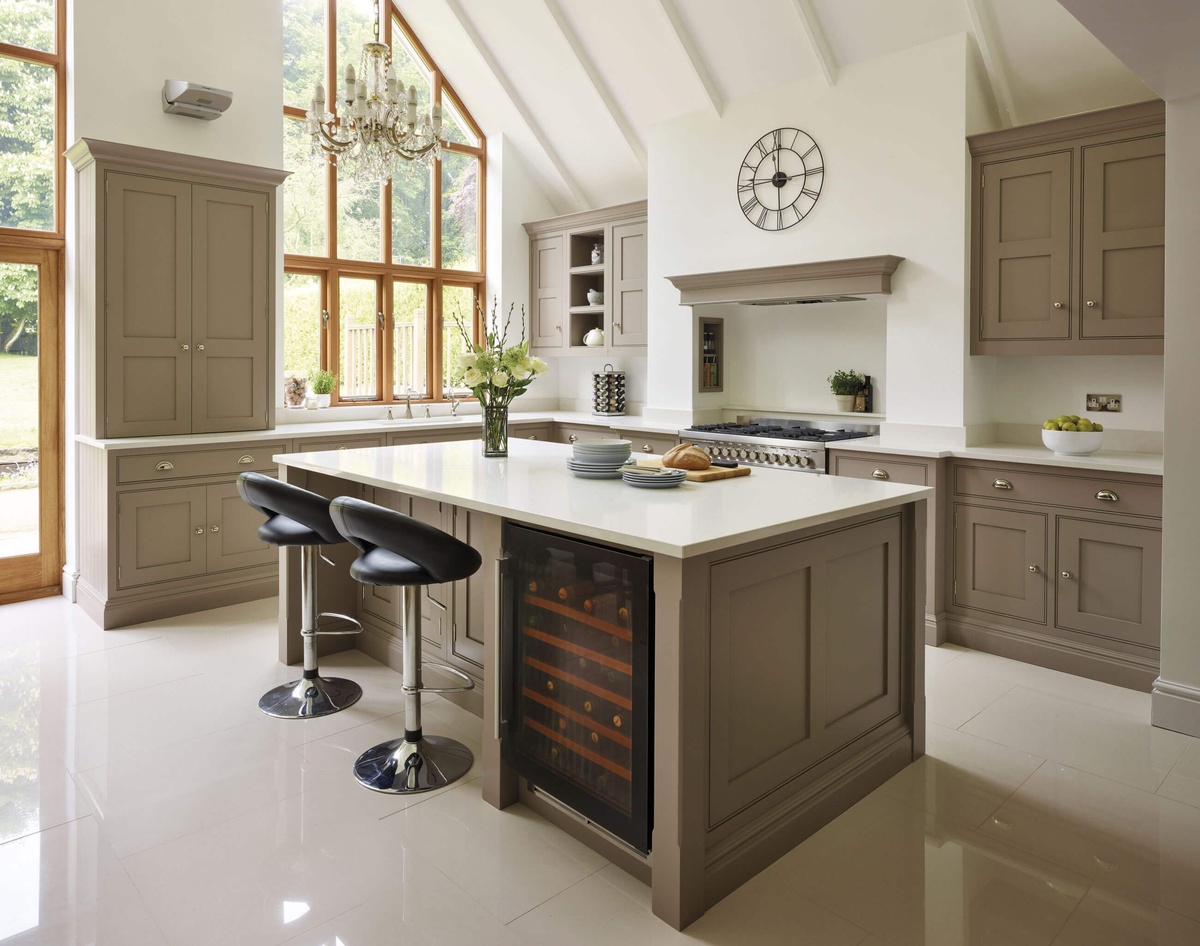
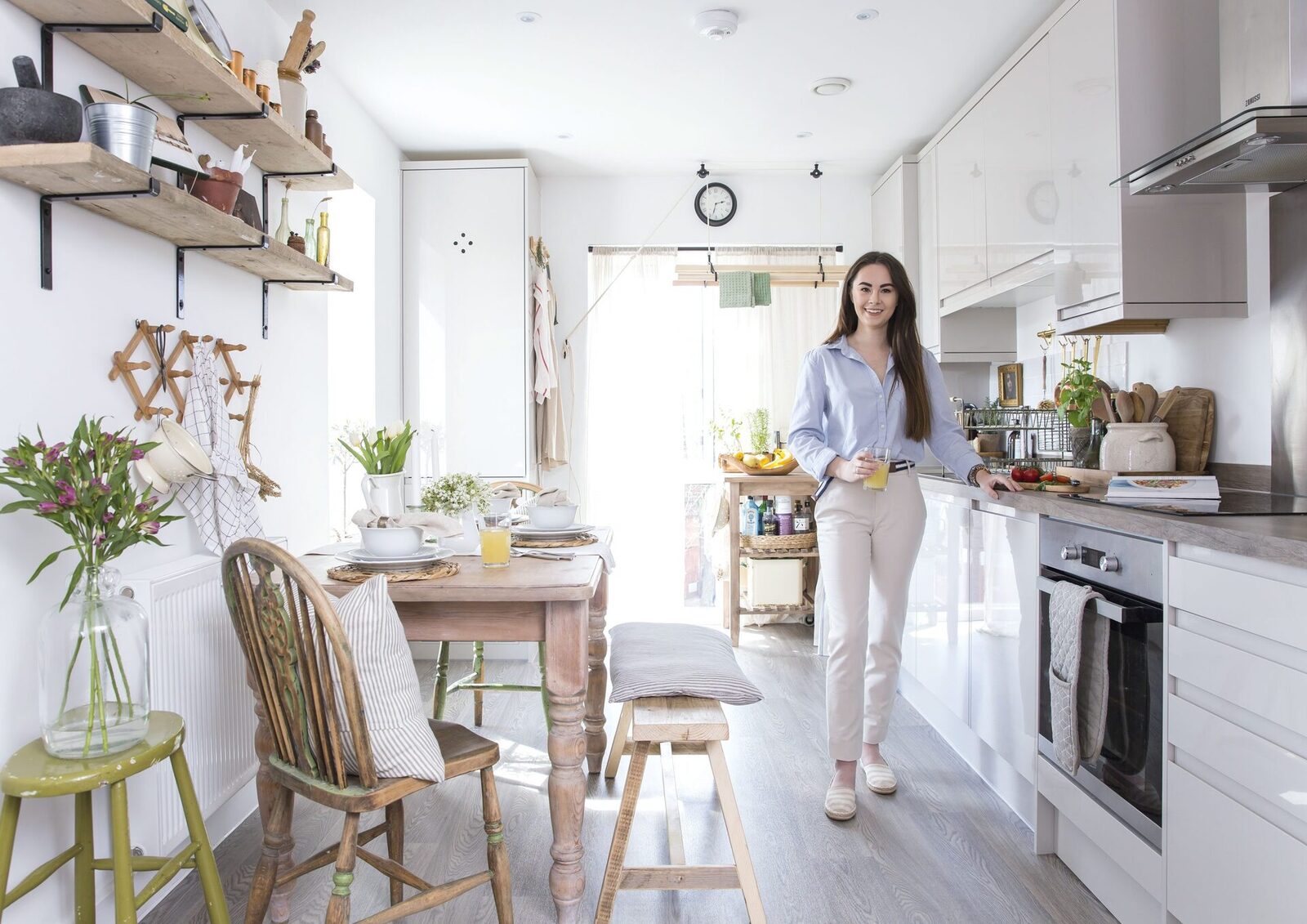
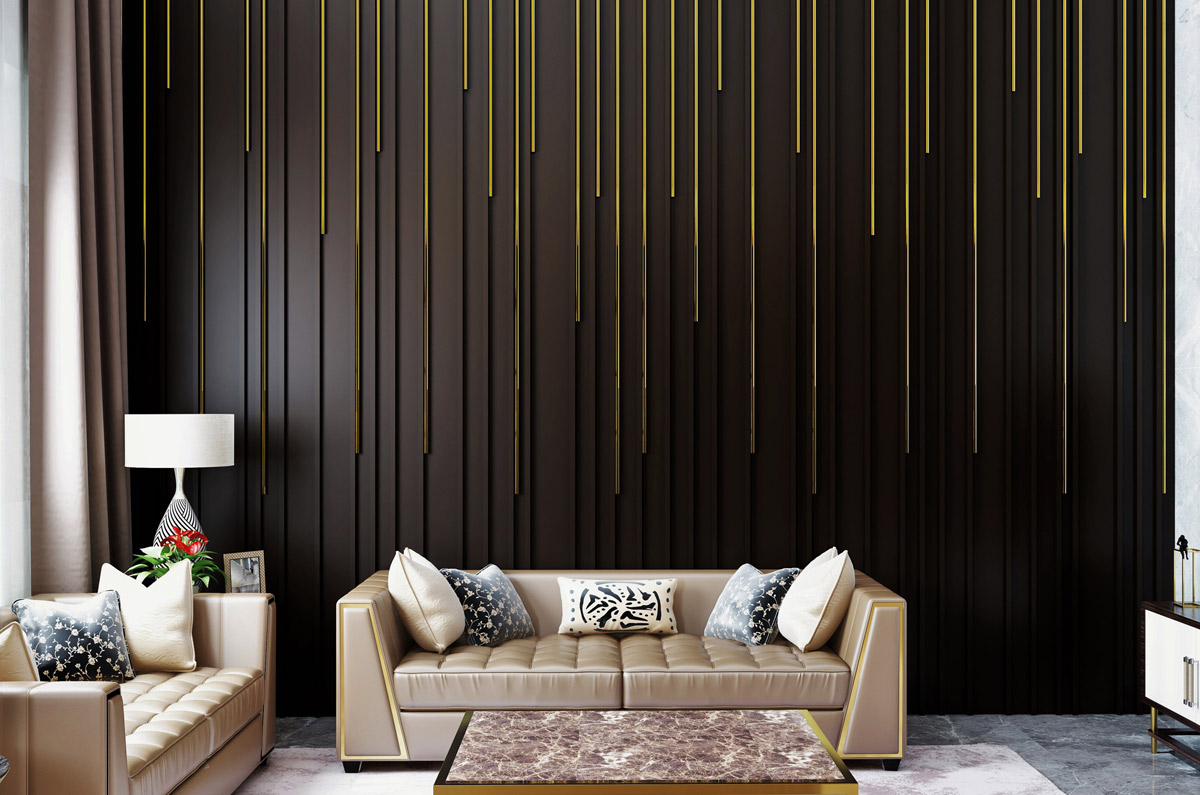

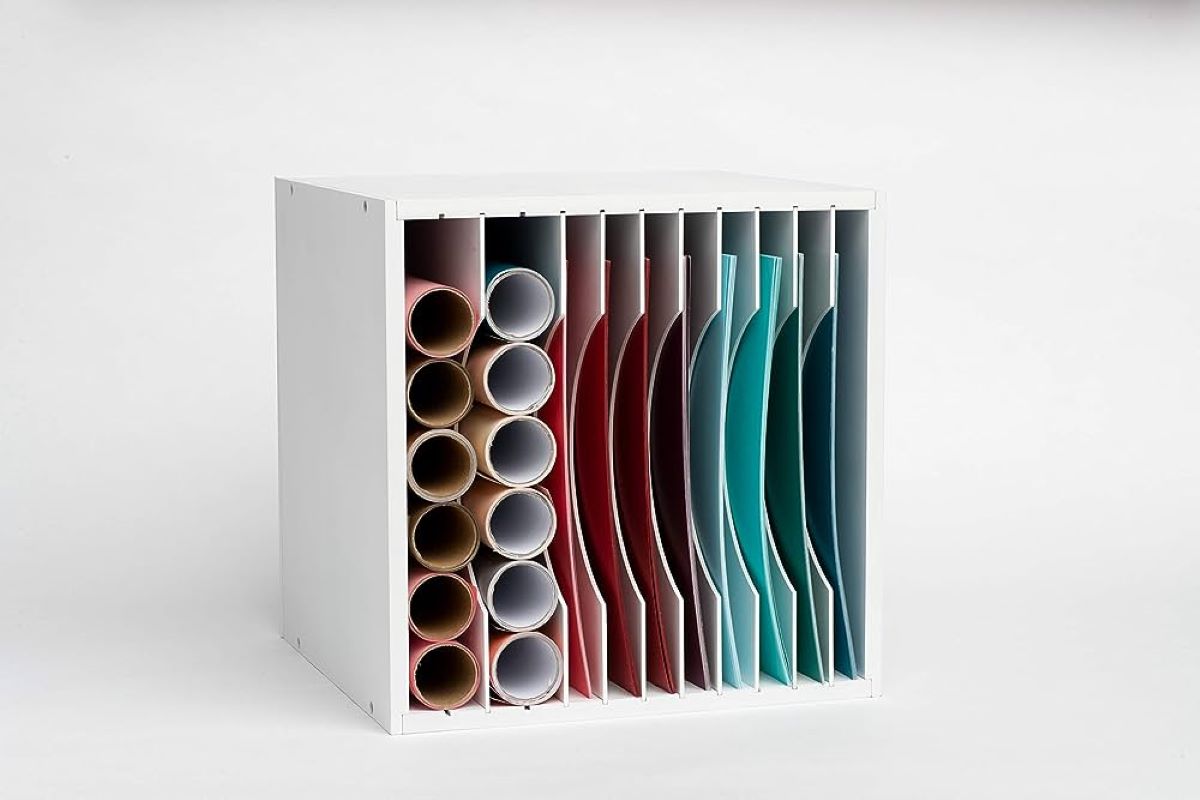
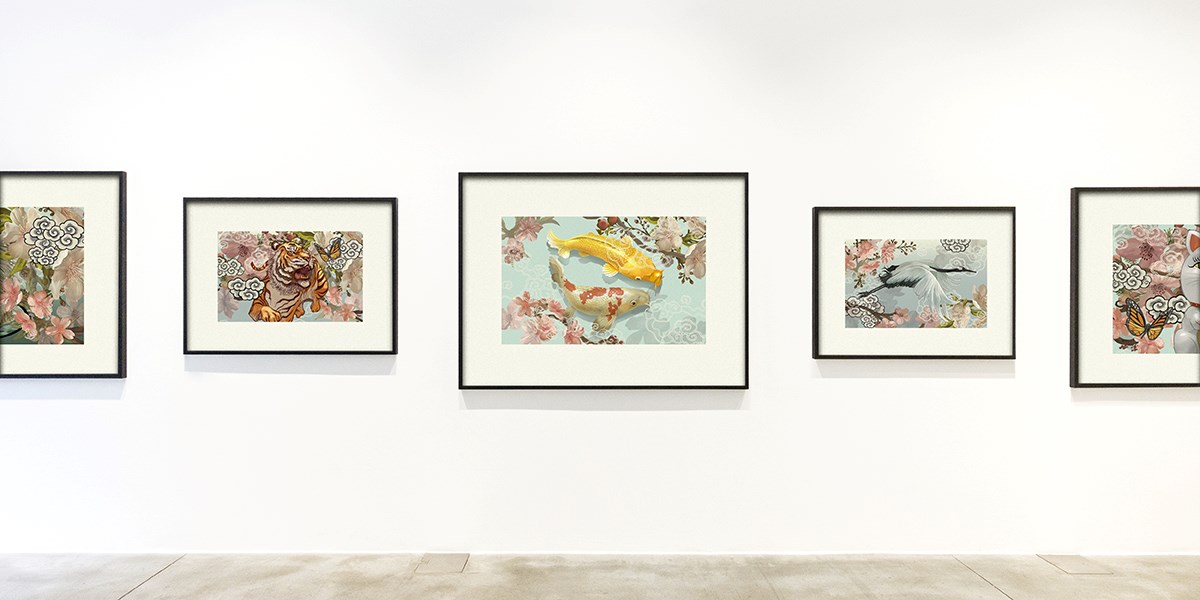
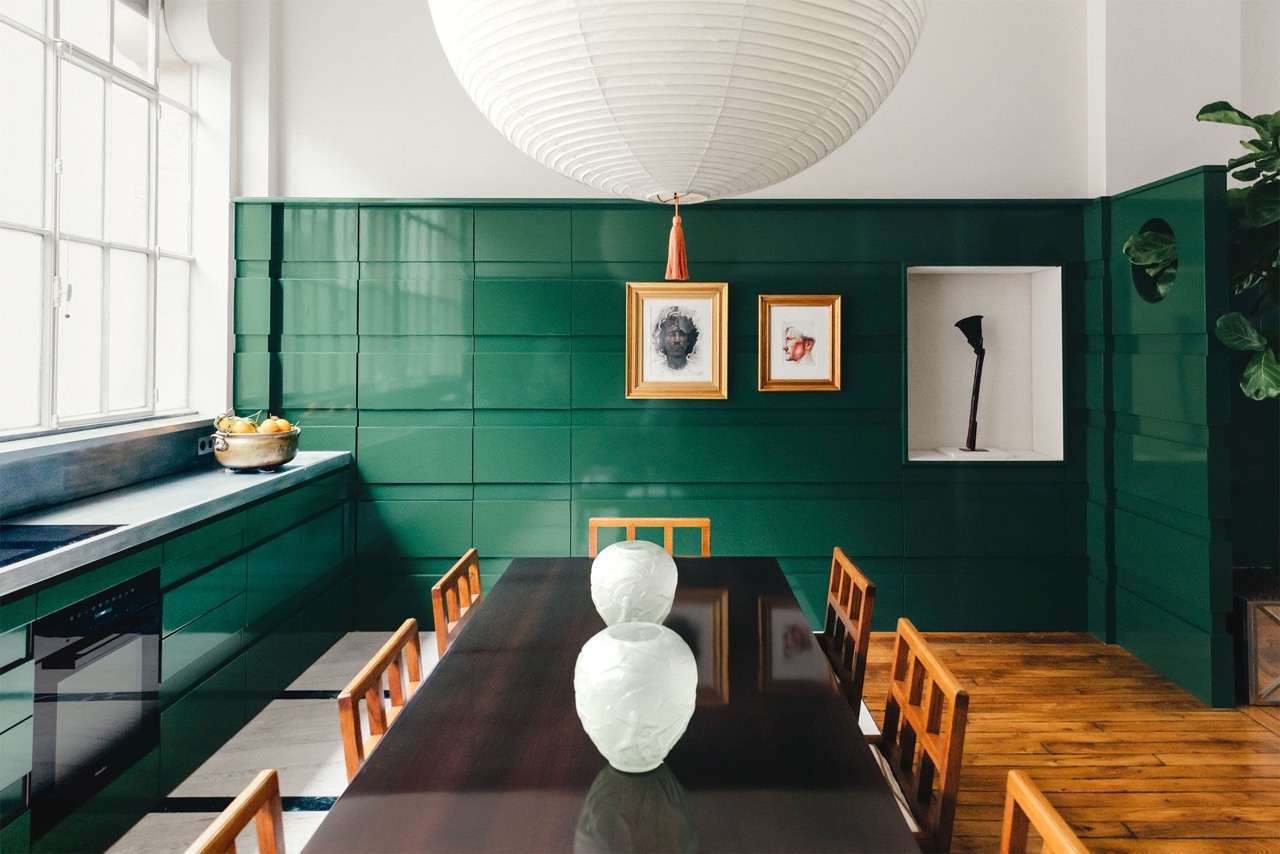
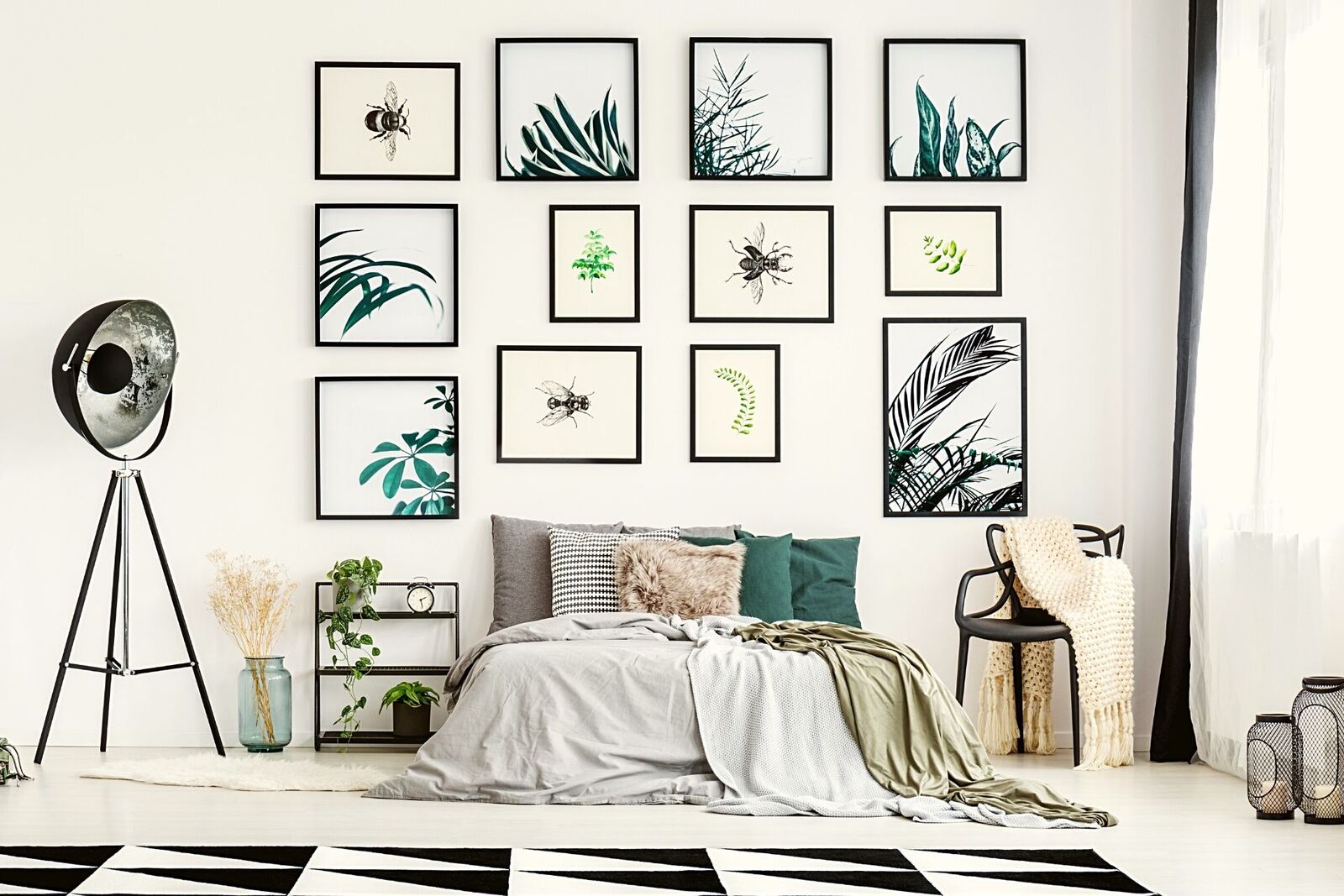
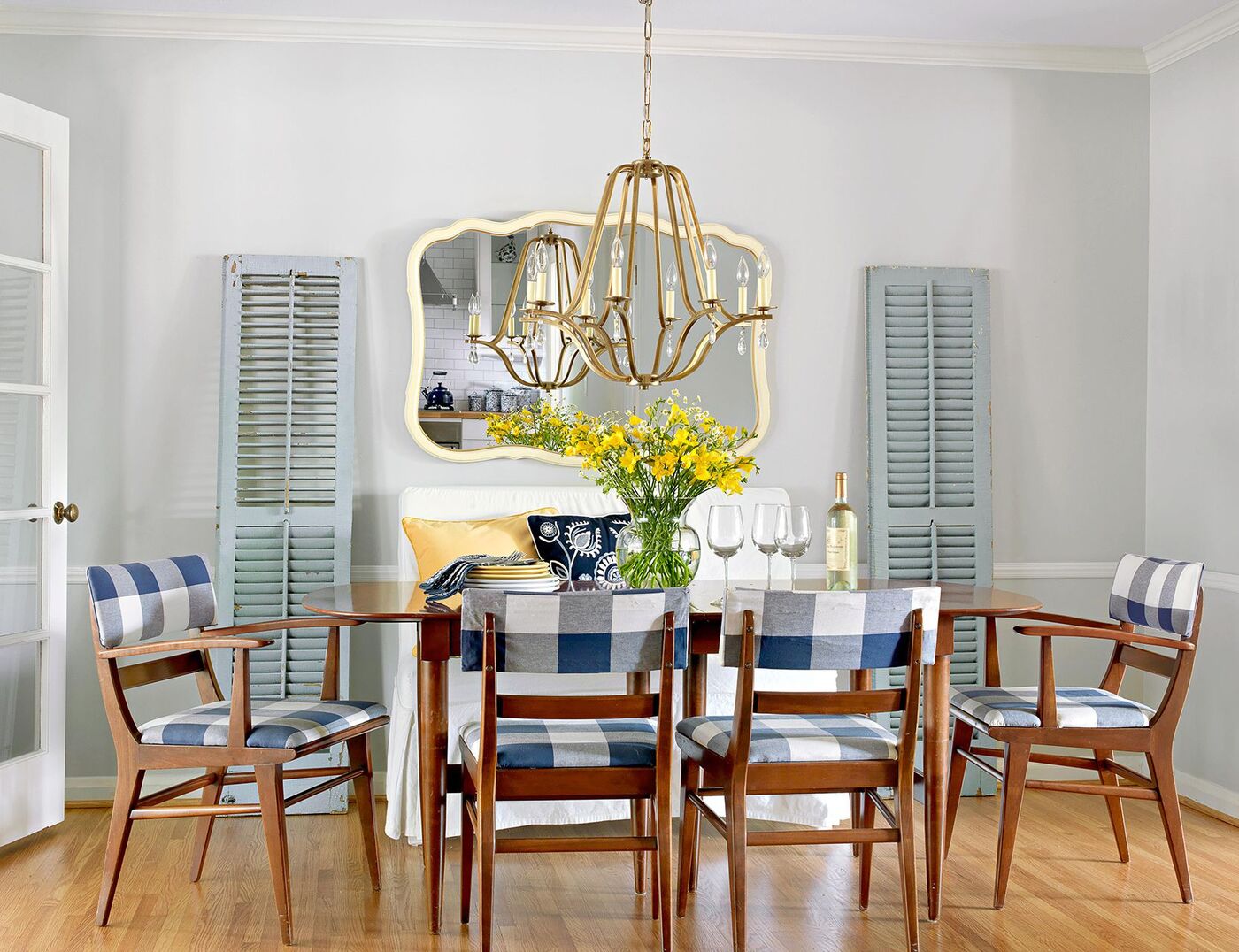
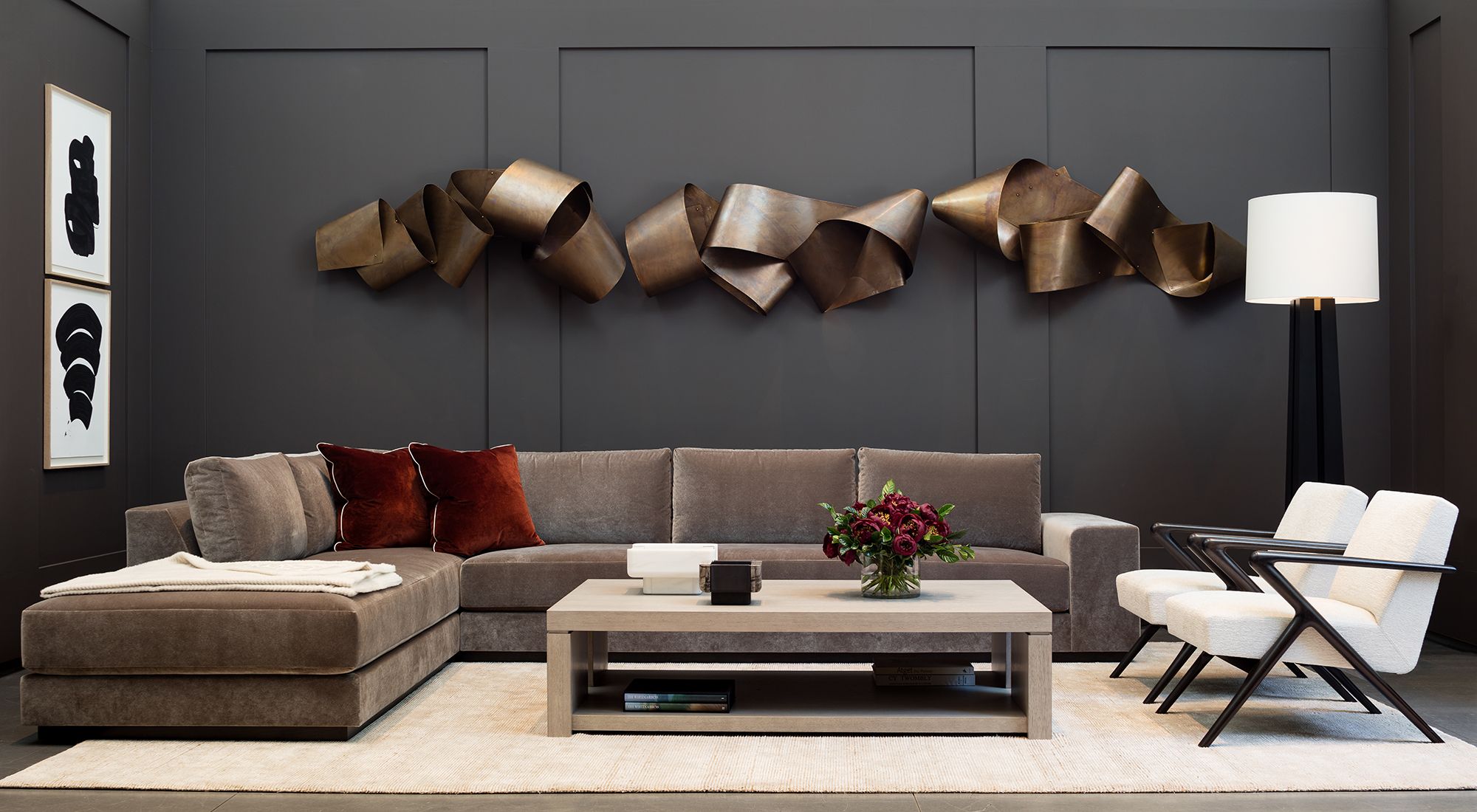
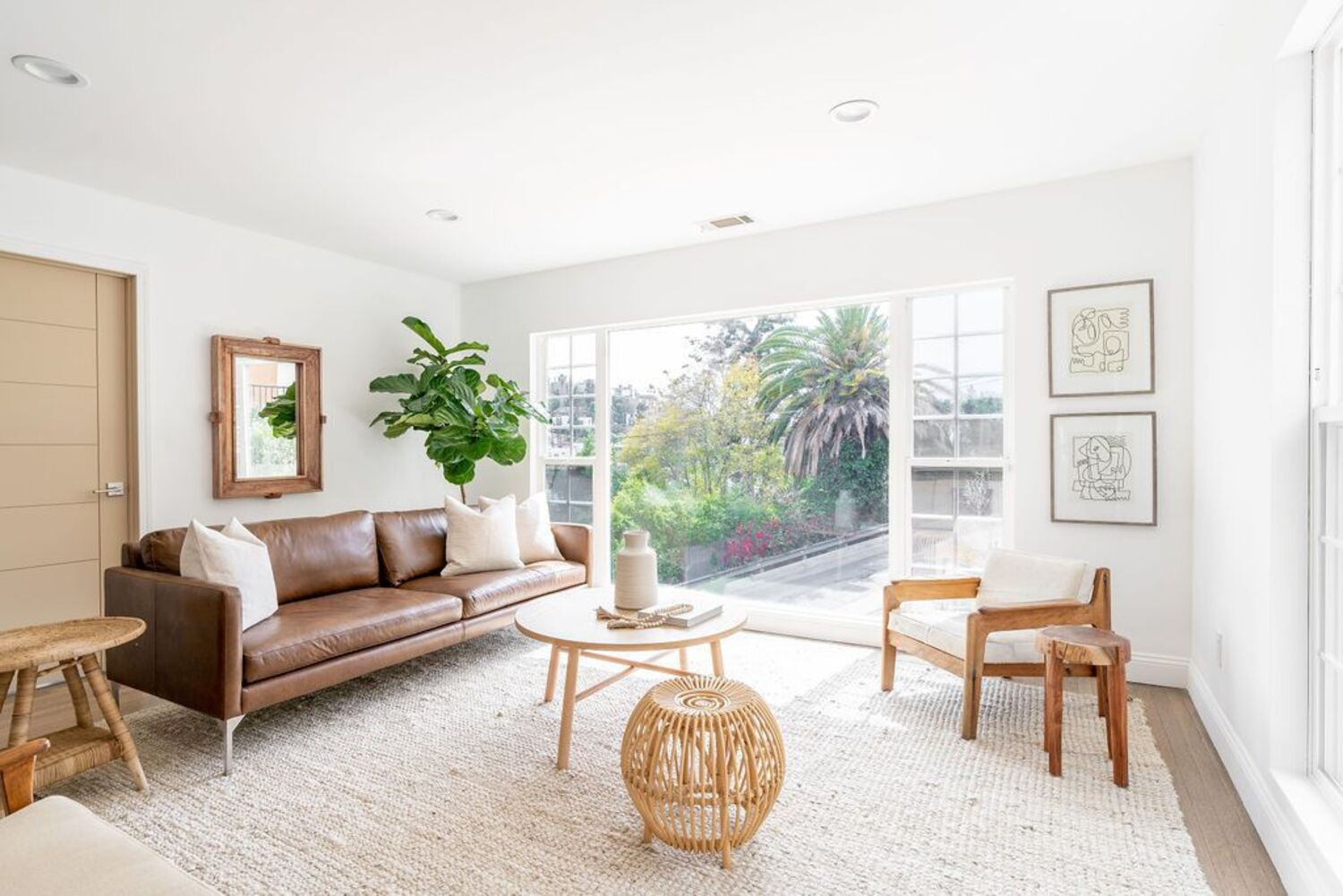
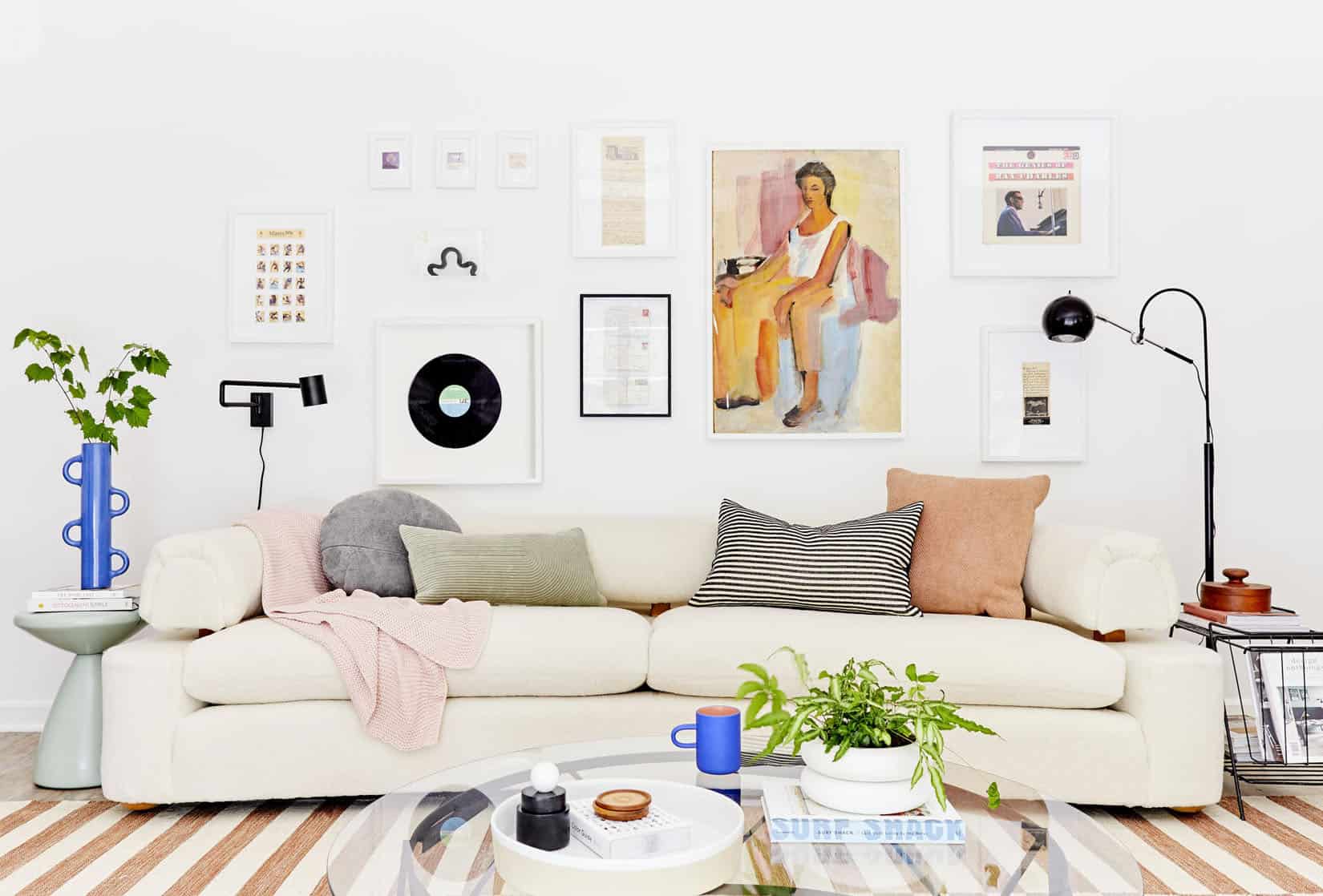

0 thoughts on “Arts And Crafts Decor: 12 Ways To Embrace Heritage Style”